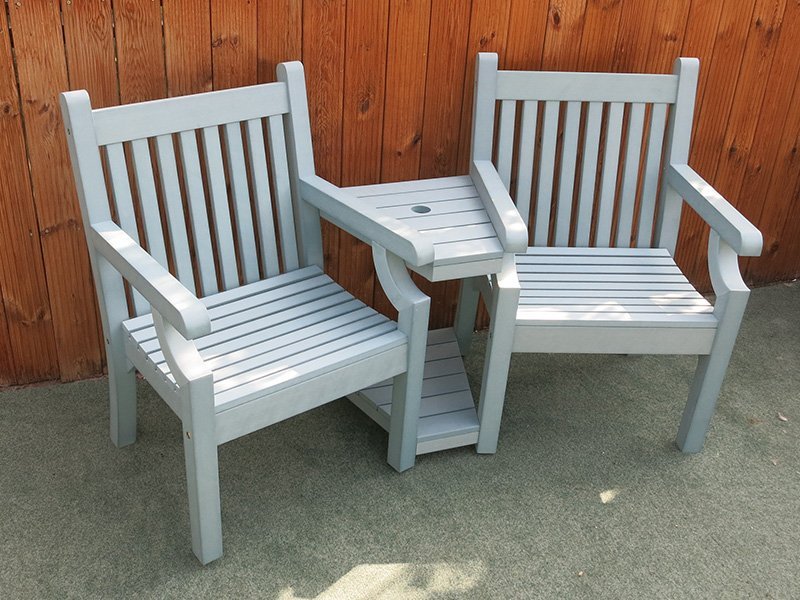 Uncategorized
Uncategorized
Ethics of Wood vs Alternatives in Outdoor Furniture
There is a lot of ongoing controversy on what materials should be used in the manufacturing of consumer goods. There are debates between sustainable and unsustainable sources, biodegradable vs non-biodegradable materials, and a whole hose of other issues such as air miles and pollution.
This has led to an informed consumer group who really care about how their products are made and the impact they have on the planet as a whole.
Wooden Garden Furniture – Is it ok?

There are many issues with wooden furniture, but these usually come down to the type of wood used in production. The WWF has reported that the United Kingdom is among the top 3 importers of illegal timber in the EU. This means that a lot of the wooden furniture in our own homes is actually from illegal sources that could be harming the environment.
The really bad timber to avoid is illegal logging from the rainforests, which contributes massively to climate change and the destruction of habitats for wildlife. The main rainforest areas are the Amazon, Central Africa, and Southeast Asia. The production of this illegal timber can often jeopardize the economy of the country, and put local people’s lives at risk to gang culture and threats of violence.
It is best to follow the EU Timber Regulation standards for wood, which keep a close eye on the supply chain to ensure anything imported was created using proper ethical standards. B&Q and IKEA are among the top retailers using this level of timber.
Alternatives to Wood – Winawood / Composite
There are alternatives to wooden furniture is you’re not interested in any deforestation, and these include the modern composite style of furniture, for example the brand Winawood. This furniture looks and feels like wood, with an added grain effect, but is completely man made. It is created using compressed polystyrene, creating a strong and heavy duty material to be used as furniture. You can choose from garden benches, garden love seats, and garden dining sets.

Image source: Winawood love seat in blue.
It is also weatherproof, which means it can be left outside all year round without a cover.
Common Questions
Here are some of the more common questions we get on this topic.
Is wood furniture expensive?
Wooden furniture is normally quite cheap to purchase. The exception to this will be solid oak furniture, which tends to have a high cost because it is very heavy duty and sturdy, and because it takes so long to grow oak trees.
Can wood furniture get wet?
NO wooden furniture cannot get wet, as it will end up degrading and warping the joints and eventually make the furniture unusable. It is recommended to cover hardwood furniture, and to treat it with teak oil every 3 months.
Is composite furniture bio-degradable?
No composite furniture will not bio-degrade by itself, which is why it is recommended to recycle any old composite garden furniture that you have.
How to clean composite furniture?
The best way to clean composite garden furniture is with a cloth and soapy warm water. If there is a stain that is too deep to clean, you can gently sand down the material as the colour goes right through, which should get rid of the stain.
Can wooden furniture carry bed bugs?
Yes wooden furniture can carry bed bugs, and they might reside in the wholes and gaps in any joints, or under hard to see areas of the furniture.
